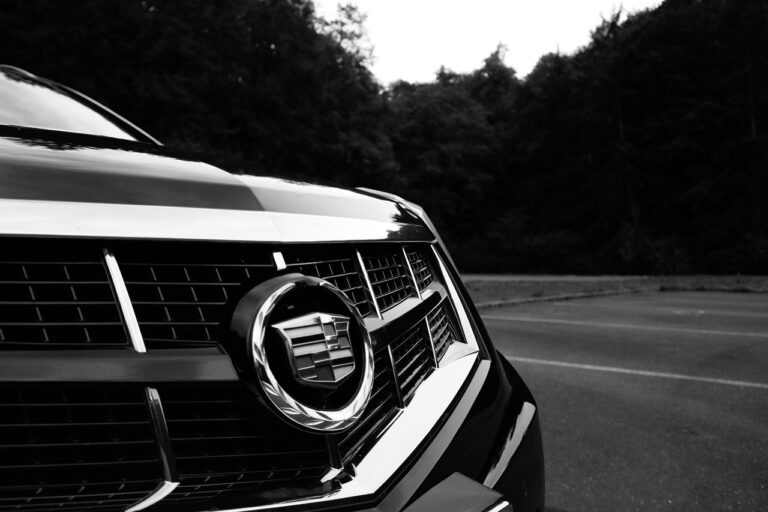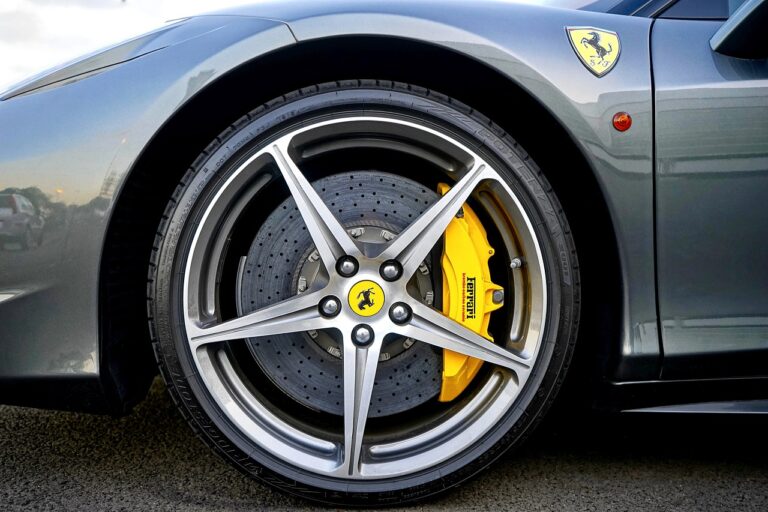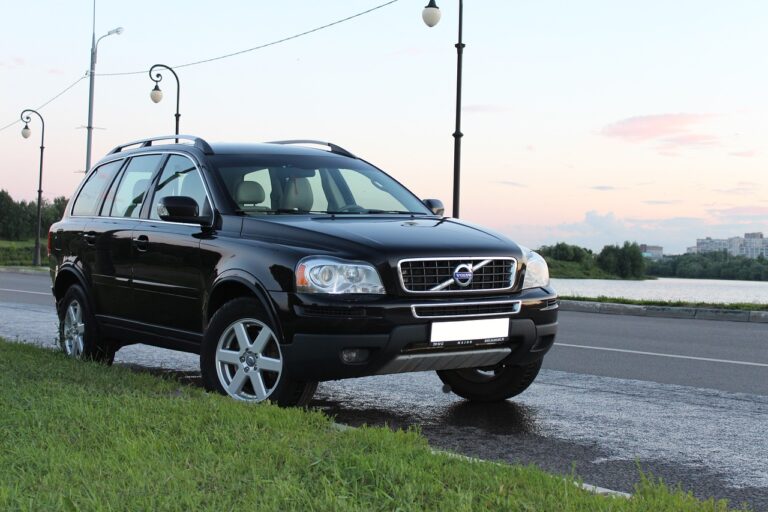The Evolution of Car Interior Air Quality Control Systems: From Cabin Air Filters to Air Purifiers
Technological advancements continue to drive the evolution of car interior air quality control systems. Manufacturers are increasingly integrating smart sensors that can detect and filter out a wider range of contaminants, including allergens and pollutants. These sensors are designed to provide real-time air quality data, allowing for prompt adjustments to ensure a healthier driving environment.
Another emerging trend is the use of nanofiber filtration technology in cabin air filters. This innovative approach offers enhanced filtration efficiency, capturing even smaller particles that traditional filters may miss. By incorporating nanofiber materials, car interior air quality control systems can effectively remove airborne particles, improving the overall air quality inside the vehicle.
Comparison of Cabin Air Filters and Air Purifiers
Cabin air filters and air purifiers are both essential components for maintaining good air quality inside your vehicle. Cabin air filters are designed to trap particles such as dust, pollen, and other pollutants, preventing them from entering the cabin through the ventilation system. They are typically replaced during routine maintenance to ensure optimal performance.
On the other hand, air purifiers use advanced technology to not only filter out particles but also neutralize odors and kill bacteria and viruses in the air. Some air purifiers even feature HEPA filters to capture smaller particles that can be harmful to health. While cabin air filters are passive in their function, air purifiers actively work to improve the overall air quality inside the vehicle.
• Cabin air filters trap particles like dust, pollen, and pollutants
• Air purifiers filter out particles, neutralize odors, and kill bacteria and viruses
• Some air purifiers have HEPA filters to capture smaller harmful particles
• Cabin air filters are passive in function while air purifiers actively work to improve air quality
Tips for Choosing the Right Air Quality Control System for Your Vehicle
When choosing the right air quality control system for your vehicle, consider the size and type of the system that suits your needs. Different systems offer varying levels of air purification and filtration, so it’s essential to determine the air quality concerns you have before making a decision. Assess the air quality issues prevalent in your area, such as pollen, dust, or pollutants, to select a system that effectively targets those contaminants.
Additionally, take into account the ease of maintenance and replacement of the air quality control system you choose. Some systems require frequent filter changes or cleaning, while others may have longer-lasting filters or reusable components. Choose a system that aligns with your maintenance preferences and capabilities to ensure that your vehicle’s air quality control remains optimal over time.
What are some future trends in car interior air quality control?
Some future trends in car interior air quality control include advanced filtration systems, intelligent sensors for detecting pollutants, and integration with smart home technology for remote monitoring and control.
How do cabin air filters and air purifiers differ in terms of air quality control?
Cabin air filters are designed to trap particles and pollutants from entering the vehicle’s interior, while air purifiers actively clean and purify the air inside the vehicle using various technologies such as HEPA filters and ionizers.
What are some tips for choosing the right air quality control system for your vehicle?
Some tips for choosing the right air quality control system for your vehicle include considering the size of your vehicle, the level of air pollution in your area, your budget, and any specific health concerns or allergies you may have. It is also important to research the different types of systems available and their effectiveness in removing pollutants.





